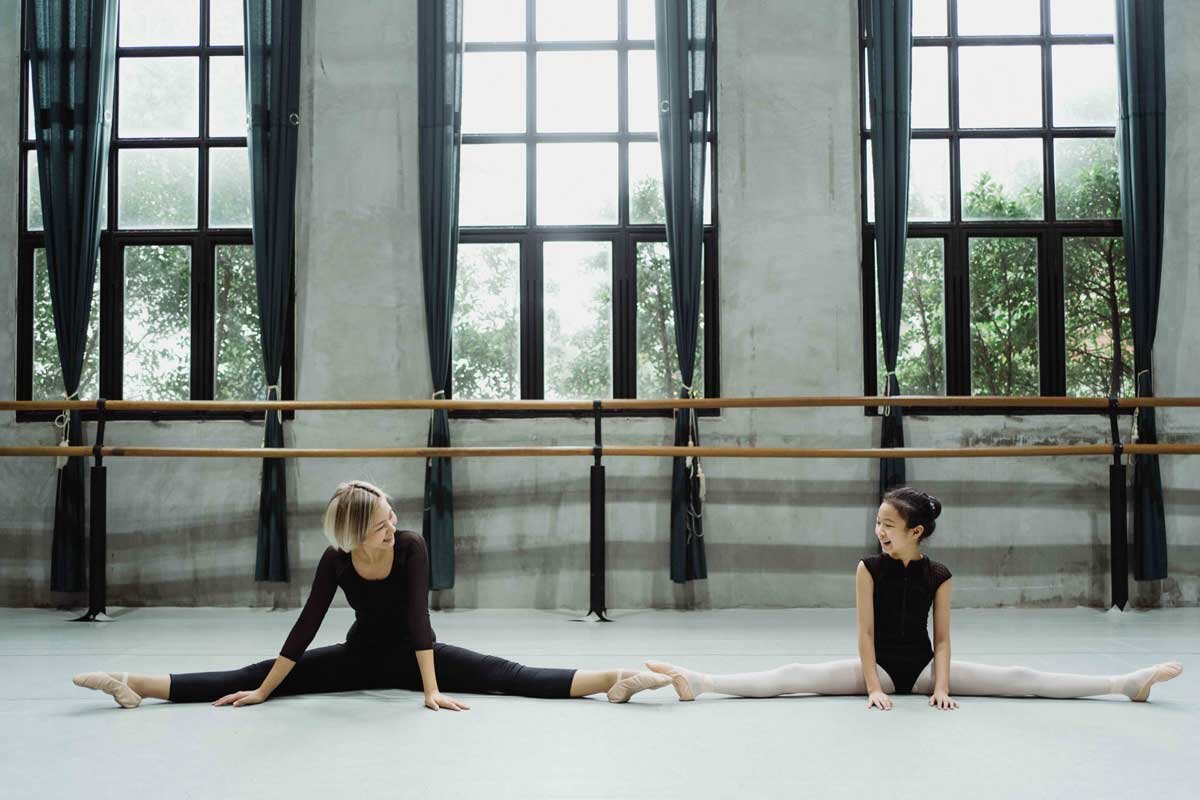Ballet body: How ballet workout improves posture, tone and physique
Step up your fitness routine with the elegance and poise of ballet positions
Text: Tiff H
Pirouette, second position, arabesque, chassé — while it may take a professional ballerina to remember the ballet jargon out there, the art of ballet itself is slightly more accessible thanks to a rise in dance-inspired workout studios where ballet enthusiasts can channel their Anna Palova or Mikhail Baryshnikov.
Not only an excuse to wear your hair in a cool bun and sport a leotard, the physical and mental health benefits of a ballet body workout are many. Ballet in Singapore helps you achieve postural alignment. It entails breath coordination throughout your dance sequence. It develops dedication and perseverance and enhances brain coordination. What’s more, it encourages mindful eating as no-one wants to be carrying around a food-baby while wearing lycra.
We spoke to Lisha Chin, co-founder and lead instructor at BalletBody in Singapore about arguably the most refined and graceful yet demanding of dance genres.
1. How does BalletBody differ from other barre studios which also base their fitness routines on ballet and dancing?
BalletBody is unique in that unlike barre, which only uses very few elements of ballet, a BalletBody class consists entirely of ballet movements that have been structured in a way that’s accessible to those with and without dance experience. This allows dancers and non-dancers alike to have a taste of a real ballet class and get full body workout without compromising the artistic integrity of the art.
2. Would those with a background in dancing reap more physical benefits?
A BalletBody class is actually almost more challenging for those with a dance background than those trying it for the first time! Our classes are extremely technique focused, and we perform many repetitions in order to allow people to perfect the movement and activate the correct muscle groups. Those who already know which muscles to engage from the get-go will experience even more burn. That’s why — even as you build strength in your second, third, or tenth BalletBody class — you’ll still feel the challenge.
3. What are the top three benefits of a ballet-based workout in comparison to other fitness workouts, for example HIIT or boxing?
Ballet dancers are renowned for their physiques as ballet is a discipline that requires strength and flexibility to create long, lean muscles. This method of working to simultaneously build strength and increase mobility is really beneficial for long term injury prevention. Ballet requires an incredible amount of mind-muscle connection as well as artistic expression — you do have to work hard and make it look effortless! This aspect really improves body awareness, provides a full body workout and takes the challenge to the next level.
4. How many times a week do you recommend your one hour workouts?
It's really up to the individual. Ballet is all about quality over quantity; it’s better to get the most out of each class rather than tire yourself out mindlessly doing as many as you can. I’d recommend complementing your regular BalletBody classes with BalletBody Stretch to aid recovery and improve flexibility. Our classes can be taken in the studio on Pagoda Street or online so you can create a routine that works for you.
5. Do guys attend your BalletBody classes?
Yes! I defy any guy who thinks ballet is too girly for them to google Steven McRae and Carlos Acosta and still feel that way!
6. Which specific muscle groups do ballet-based workouts target that other workouts do not?
Ballet is all performed in ‘turn-out’ (lateral rotation of the hip) so we emphasise a lot on muscles such as glutes, hamstrings and adductors (inner thighs) rather than quads and hip flexors, which creates the streamlined muscle tone dancers are famous for.
7. How does ballet improve your posture?
Ballet exercises require a lot of core strength for balance and sustaining posture throughout the movements, so your core is engaged constantly throughout the class. Just in case that’s not enough we added an extra Pilates abs section at the end of class before the last stretch. A strong internal core is essential for correct posture and will reduce your risk of injury, particularly of the lower back. Use of the upper body in ballet is called ‘Port de Bras’ and engages the muscles of the back and improves scapula stabilisation, resulting in the straight backed and open-chested posture associated with dancers.
Discover ballet in Singapore at BalletBody classes here.













